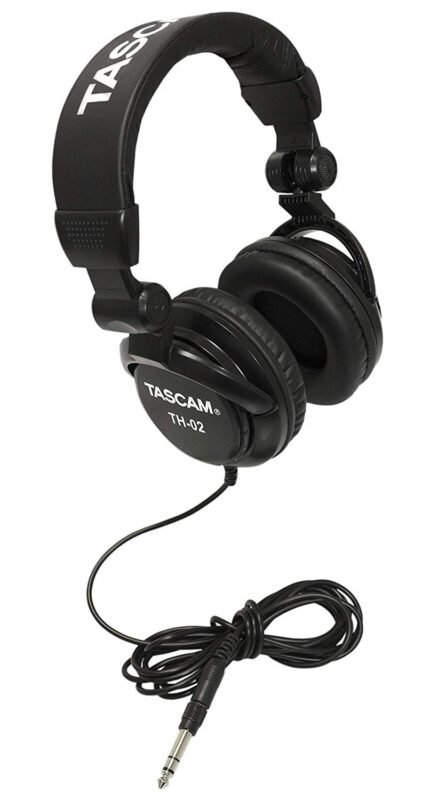
While the vertical arch allows quite a simple and reliable adjustment mechanism, the horizontal adjustment proved much more difficult. The height of location and the angle of slope of auricles are also variable within wide ranges. The problem is that human necks are so different: some have necks as thick as that of a well-fed bull, others' necks are like those worth of inquisitive and feeble botanists. In fact, the structure has proved misleading. This solution has gained much popularity these days.

To keep the neck from too much pressure and from sliding the device down, they additionally invented hooks through borrowing the idea of hearing-aids. Pressed by requests from consumers, the developers without much trouble invented a horizontal arch which is fastened by support on a collar. Technical solutions and designĪll very well know the structure with vertical clamping arch that runs on top of the head, but there is one annoying thing - it's quite difficult to put a cap on. Well, they haven't yet invented (not approved) such parameters to forecast this situation. The finest point as before is still behind the scene - with one audio source the headphones will sound at all their best, which is not the case with the other source. I will not repeat what this or that parameter stands for, because I told about it recently. Note 1: Volume control (on-cord) is available in Panasonic RP-HG50 and Koss KTXPRO1.Note №2: All the headphone models involved in the tests were made in the People's Republic of China, except Sony made in the Philippines. * - models with horizontal (curved) arch** - maximum level of produced acoustic pressure relative to the standard reference 0.00002 Pa *** - a 1-meter extension cord in the package bundle Nevertheless, despite the measures taken, a pair of dubious add-on models managed to get into the elite list. the audiophile-professional AudioTechnica, were not included into our test. Due to known reasons, nor exclusive models priced over 50$, e.g. Philips headphones showed a disappointingly high reject rate. Nor we were satisfied by any of Thomson headphones among those we got. In acoustics, only nice-looking devices are able producing good sound! By the way, regarding the price: all the "clip-ons" cheaper than 15-20$ fall within the increased risk group (semi-handicraft imitations, nasty sound, low reliability). A whole lot of headphones failed to pass the check for parameters which definitely did not match the price, as well as for the exterior quality. The beginner companies who are just starting to operate on the headphones market were also ignored simply because the probability of making good headphones without long-standing experience is equal to chances of getting a super-win at Jackpot. We rejected those companies who purchase ready OEM-products, stick on their label, put into boxes and sell at an extra charge. We had to go through a meticulous selection to choose Supra Aural headphone models and their manufacturers for tests. In general, the type in question is interim and transitional, so it looks like impossible to avoid compromises. In theory, the lighter mass of Supra Aural does not make it possible to compete for the hi-fi pedestal on par with monitor-type headphones, heavy-weight by default. However, the size of transmitters in the "clip-ons" is not large enough and they lack a tightly enveloping embouchure which prevents acoustical leakage of the bass, drop in acoustic pressure etc.

At first glance, it seems that the grown solidity of clip-on Supra Aural headphones (compared to plug-type earphones) should provide a sound quality closely on par with the "Hi-Fi" class.
#SUPRA AURAL HEADPHONES PORTABLE#
This type is aimed primarily for use with whatever portable players, which determines the dimensions and weight of headphones as such. This time, we'll be testing clip-on specimens not enveloping the ear, or Supra Aural according to the international terminology. As we promised in the past review (see " Headphones comparative tests: inserts, drops, plugs"), we are going on with the topic of headphones.


 0 kommentar(er)
0 kommentar(er)
